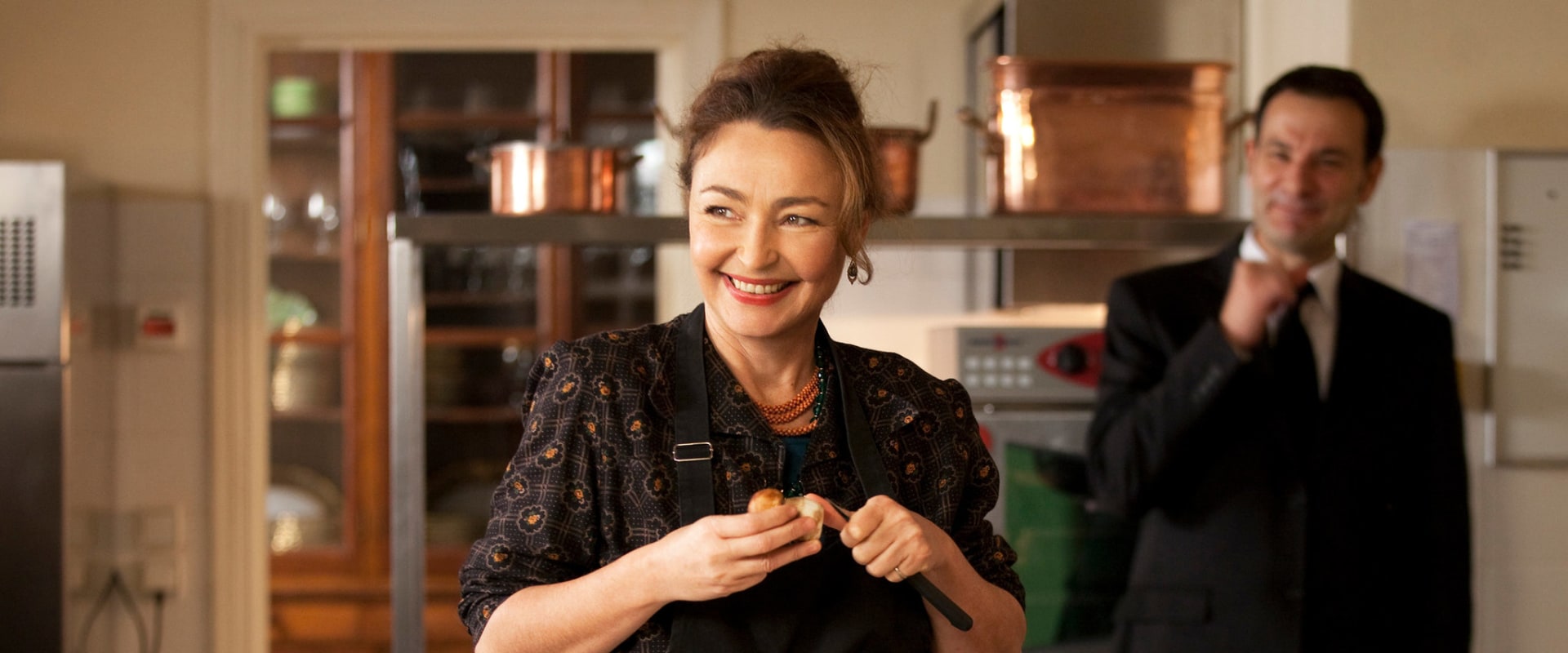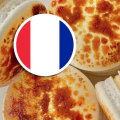The original title in French is Les Saveurs du Palais. For this reason, primitive haute cuisine was accessible to a small demographic group of rich and powerful people. Haute cuisine differed from normal French cuisine by what it was cooked and served, by obtaining top quality ingredients, such as fruit out of season, and by using ingredients that are not usually found in France. The cuisine was very rich and opulent, with delicious sauces made from butter, cream and flour, the basis of many typical French sauces that are still used today.
In its time, it was considered the pinnacle of haute cuisine and was a different style from bourgeois cuisine (the cuisine of wealthy city dwellers), working-class cuisine in bars and homes, and the cuisine of the French provinces. Haute cuisine is influenced by French cuisine, with elaborate preparations and presentations, which serves small and multiple dishes prepared by a hierarchical kitchen staff, historically in large restaurants and hotels in Europe. Most culinary institutes and professional cooking schools teach students the basics of haute cuisine, but formal education is usually not required. Later, Antonin Carême (1784-183) also published works on cooking and simplified and codified an earlier and even more complex kitchen.
However, within 20 years, chefs began to return to the previous style of haute cuisine, although many of the new techniques remained. Georges Auguste Escoffier was a central figure in the modernization of haute cuisine starting in 1900, which became known as cuisine classique. In addition, cooking is also usually associated with a variety of broths and sauces, in particular béarnaise, coulis and remoulades. Nouvelle cuisine was a movement towards conceptualism and minimalism and was a direct juxtaposition with previous haute cuisine styles, which were much more extravagant.
However, some now use the phrase “haute cuisine” to distinguish any good cuisine, regardless of its origin. Although the term nouvelle cuisine was used in the past, the modern usage can be attributed to authors André Gayot, Henri Gault and Christian Millau, who used nouvelle cuisine to describe the cuisine of Paul Bocuse, Alain Chapel, Jean and Pierre Troisgros, Michel Guérard, Roger Vergé and Raymond Oliver, many of whom were once students of Fernand Point. In general, nouvelle cuisine emphasizes natural flavors, so the freshest possible ingredients are used, preparation is simplified, heavy sauces are less common, as are strong marinades for meat, and cooking times tend to be reduced. Professional chefs were not only responsible for creating and shaping haute cuisine, but their role in the kitchen was what set it apart from regular French cuisine.
The term is most correctly used to refer to classic French cuisine that dates from the period between 1750 and 1975.




Leave Reply